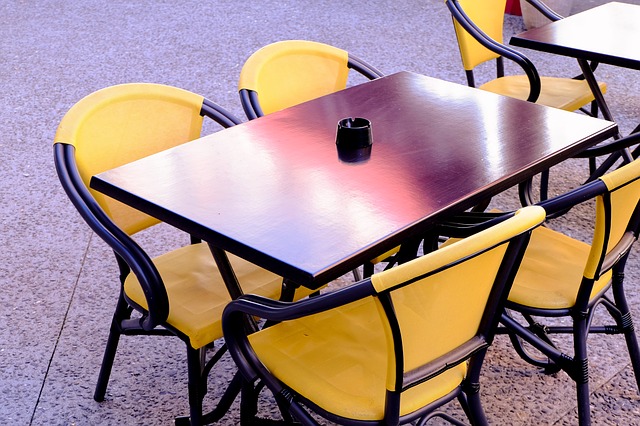
Some products that are commonly made of Formica
Formica is a material obtained from the conglomeration of paper impregnated and coated with a resin . The term, which comes from the registered trademark Formica , is also accepted as formica , according to the Royal Spanish Academy ( RAE ) in its dictionary.
High pressure laminate
Formica is a high-pressure laminate , a type of product known by its acronym HPL . It is generally used for covering furniture, panels and doors as it provides protection to the wood .
To produce Formica, multiple sheets of paper are fused together and impregnated with a resin . Through pressure and the application of heat , a conglomerate is generated that, due to its durability and flexibility, resembles plastic . Formica can be adhered to wood boards and other materials using various glues.
The invention of Formica dates back to 1912 and is attributed to Herbert A. Faber and Daniel J. O'Conor , who developed it when they were working for the Westinghouse Electric company. At first they took it as an electrical insulator to replace mica (minerals that belong to a group of alumina silicates in which we find magnesium, calcium and iron, among many others), and that is why there is a similarity in both terms.
It is important not to confuse Formica with melamine . While Formica is a paper conglomerate, melamine boards are developed with a decorative paper that is fused directly to the core, which is usually a reconstituted wood board.
History
The origins of Formica date back to 1913 . In that year, Formica Group specialists invented high-pressure laminates, which today are offered in more than a hundred colors with different finishes and textures.
animal genus
The term Formica also designates a genus of ants belonging to the Formicinae , subfamily of Formicidae . It is the most significant, and its distribution can be found in Central America, the Indo-Malay region (which includes almost all of the south and southeast of the Asian continent) and the habitats of the boreal continents (which together are known as Holarctic ). The body extension of these ants ranges between 4 and 8 millimeters.+
The habitats of the Formica genus are mainly characterized by the presence of forests , where they find the materials they need to make their nests. Although the ants of this genus require light and in fact almost all of their known colonies proliferate in areas where the vegetation is not very dense, there is one species that can develop in the shadows: Formica lugubris . Regarding the other species, most look for bushy or open areas.
Within this genus we find the Formica rufa group, whose members are characterized by building mounds. Their nests, which we find in the forests, can be built in remains of rotten wood, and are truly impressive, both in size and because of the great work they require. Furthermore, each colony can make them in different shapes, dimensions, quantity and complexity of entrances and chambers. It is important to note that there are no species of Formica that nest in trees.

The genus "Formica" includes about 290 species of ants.
Beyond the two species that we have mentioned in this genus, we must point out that by 2018, around 290 living species and 59 that had become extinct were recognized.
Mauro Formica
Formica , finally, is the surname of an Argentine soccer player: Mauro Formica . This is a midfielder who made his professional debut at the Newell's Old Boys club and later played in England ( Blackburn Rovers ), Italy ( Palermo ) and Mexico ( Cruz Azul and Pumas de la UNAM ).
